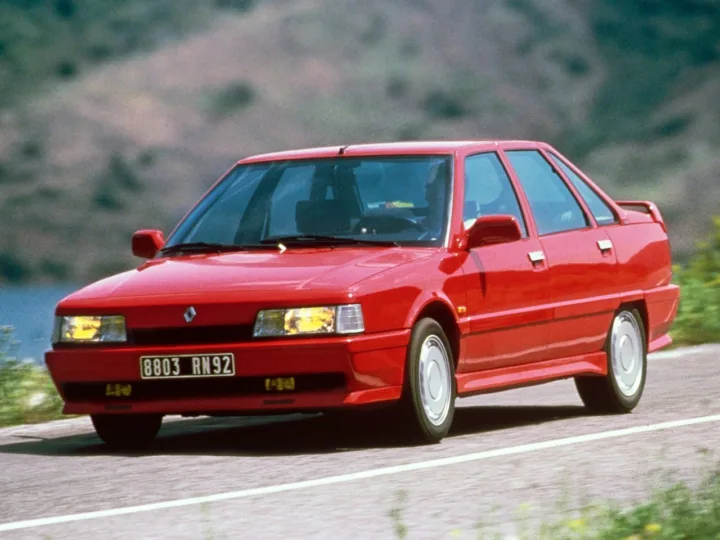Renault 21: a strong echo of 1980s fashion
Nearly 40 years ago, on November 20, 1985, an extremely stylish European car was first introduced – the Renault 21. Thanks to it, the state-owned French company maintained its leading position in the most contested market class. It replaced the eight-year-old veteran Renault 18, whose popularity was gradually declining despite a strong start to its commercial career. The design of the 21 was distinguished by sharp and very clean lines, which visibly contrasted with most of the other bestsellers of the era, such as the Ford Sierra and the Opel Kadett E. And this was not just a model with a completely new exterior, but a whole range of cars with different engines, equipment and a very wide range of options. The main difference was in the placement of the engine, which, depending on the model, could be installed either transversely or longitudinally set lant de distributie swag pret.

The development of the Renault 21 took five years, during which time the company completely renewed its range, starting with the 9 and 11 models in the early 1980s, followed a little later by the 25 and the second generation of the five, and finally the Alpine GTA and the attractive Espace minivan.
The 21 model was initially offered with four types of engines – a transversely mounted 1.7-liter gasoline engine and three longitudinally mounted – a two-liter gasoline engine and a 2.1-liter diesel and turbodiesel, with power from 76 to 120 hp for the gasoline engines and from 67 to 88 hp for the diesel engines.
According to the data of the Aerotechnical Institute "Saint-Cyr", the coefficient of aerodynamic resistance of the Renault 21 is equal to 0.21, which is a very good achievement, even by current standards. The mass of the car, depending on the model, is between 954 and 1160 kg, the maximum speed varies from 163 to 184 km/h, and the acceleration from 0 to 100 km/h is in the range of 15.6 to 10.7 seconds. Soon after the start of its production, the new model began to be distributed in 1400 copies per day.
In May 1989, the car was completely updated both technically and stylistically - the new, sleeker appearance was now quite similar to the updated Renault 25 at the same time, and a liftback body was added to the range (which soon became more popular on the French market even than the sedan version), as well as the sporty 2.0 L Turbo version. The TXi 2.0 12v and 2.0 Turbo sedans were available with the Quadra transmission with four-wheel drive. It was also implemented in the Nevada station wagons in the version with an 8-valve 2.0-liter engine and in the atmospheric 2.1-liter diesel. It should be noted here that the front-wheel drive version of the Renault 21 Turbo developed an impressive 227 km/h.
The 2.2i direct injection model was introduced at the 1989 Frankfurt Motor Show, initially aimed at the German market, where insurance and tax regulations were more favourable to larger, lower-output engines. The injection engines were equipped with the Renix control unit, developed by a joint venture between Renault and Bendix. This version was also available with four-wheel drive, mainly on the Nevada station wagon.
The last petrol Renault 21 liftback and sedan models rolled off the assembly line in early 1994, after the launch of the all-new Laguna liftback, but the diesels and Nevada/Savanna remained on the market for some time until they were replaced by similar Laguna variants (at the end of 1994 for the diesels and at the end of 1995 for the Nevada/Savanna).
- 2025-02-05 - The 5-door Jimny attacks another market
- 2025-02-04 - The new BMW M3 CS Touring: with the family and 550 hp on the track
- 2025-02-03 - European car industry against CO2 fines
- 2025-02-02 - Business in 2024: Market slows down Bosch growth
- 2025-02-01 - ABB acquires Sensorfact, expanding its digital energy management
- 2025-01-31 - Until 1995, Nissan was produced in Greece
- 2025-01-30 - Pannónia P12: the last Hungarian motorcycle was produced 50 years ago
- 2025-01-29 - Small aggressive "cutter"
- 2025-01-28 - DS Automobiles: on the path of comfort for 70 years
- 2025-01-16 - Lancer, faster than Carrera GT












